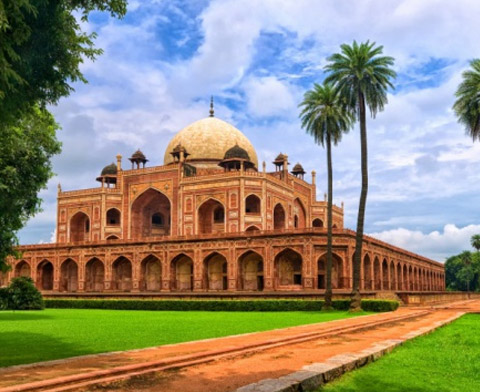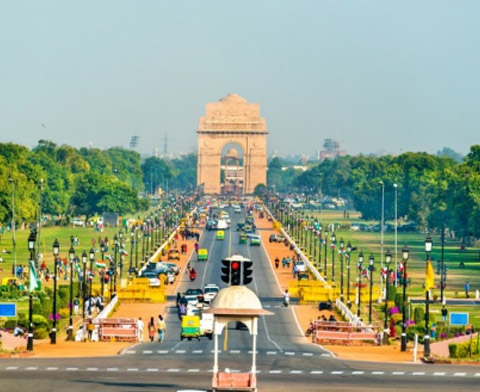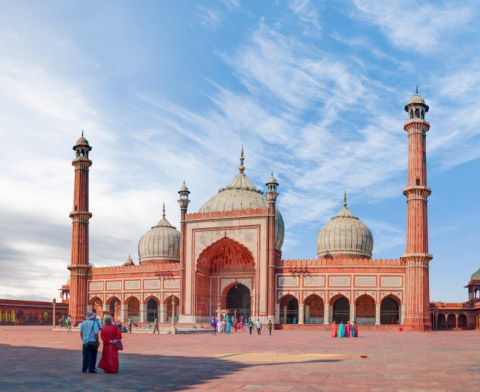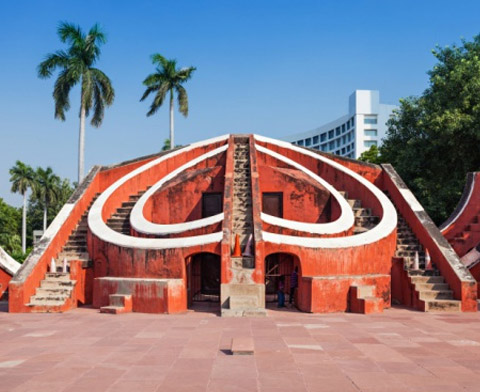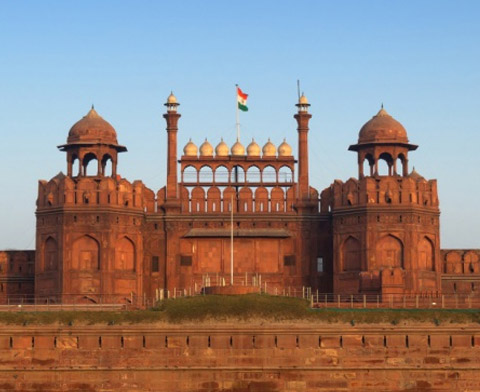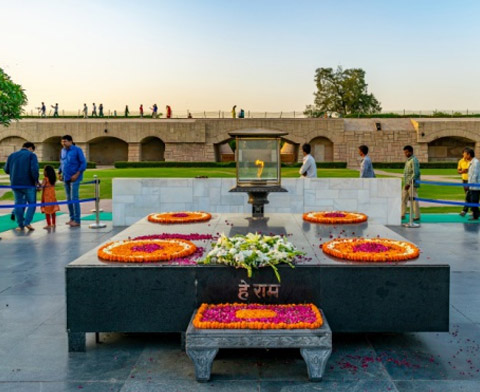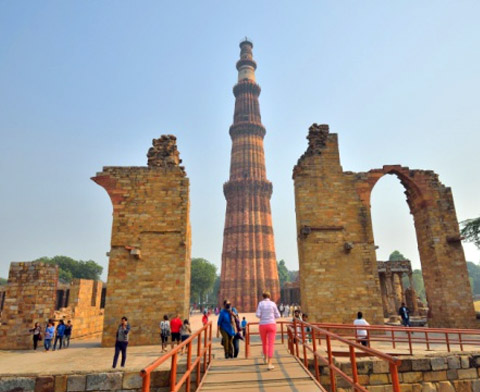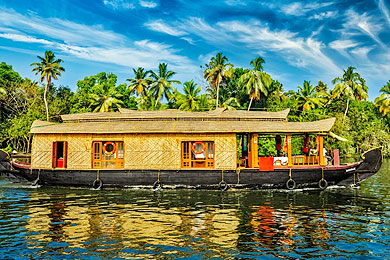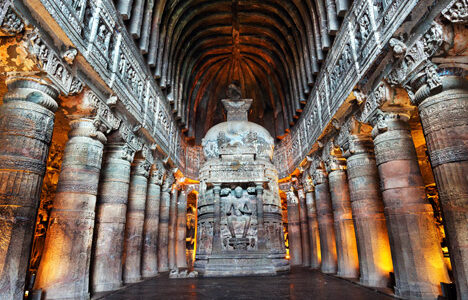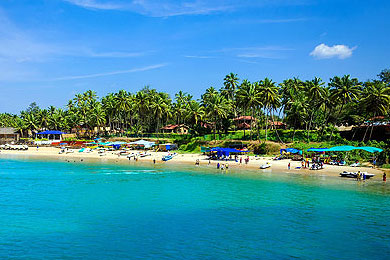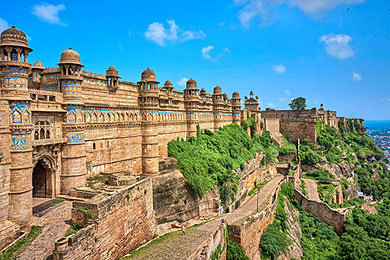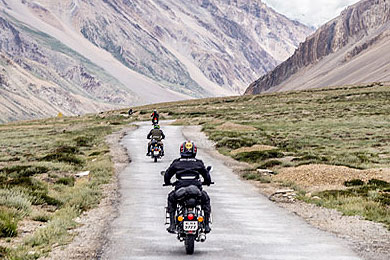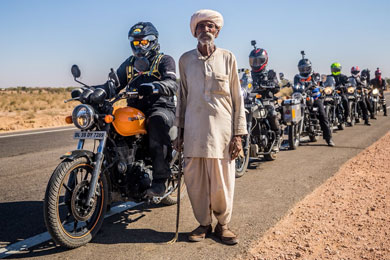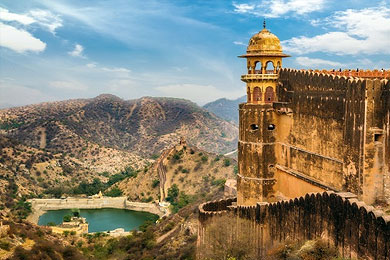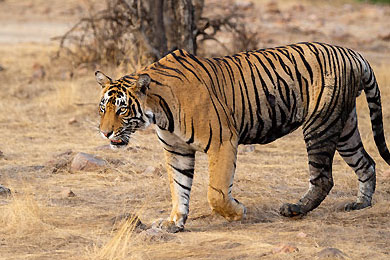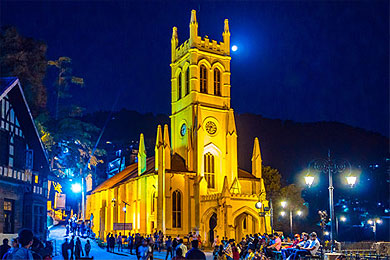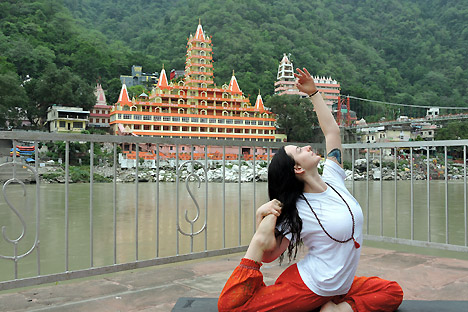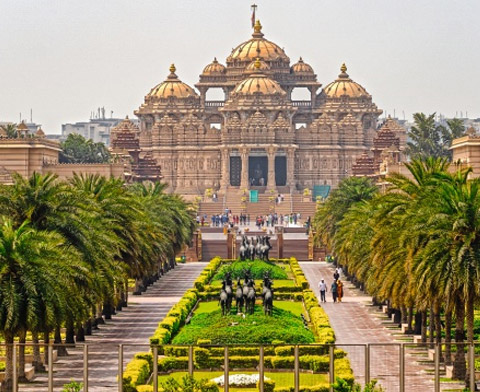
Akshardham Temple
Akshardham means ‘abode of the Lord’ and Akshardham Temple Delhi is dedicated to Bhagwan Swaminarayan. This temple is a brilliant masterpiece of ancient Indian architecture and timeless spiritual messages. The touch of spirituality and remnants of 10,000-year-old Indian culture and tradition has been beautifully engraved within the temple complex.
Akshardham Temple Timings: 9:30 A.M to 6:30 P.M on all days of the week except Monday.
Akshardham temple Entry: Nil
Akshardhammusical fountain timings are 7:30 P.M from Tuesday to Sunday.
Akshardham Temple Exhibition Fees: INR 170 for adults, INR 125 for senior citizen, INR 100 for children of age group 4-11 years. For children below 4 years it is free.
Akshardham Musical Fountain Fees: INR 80 for adults and INR 50 for children between 4-11 years. The entry is free for children below 4years.


